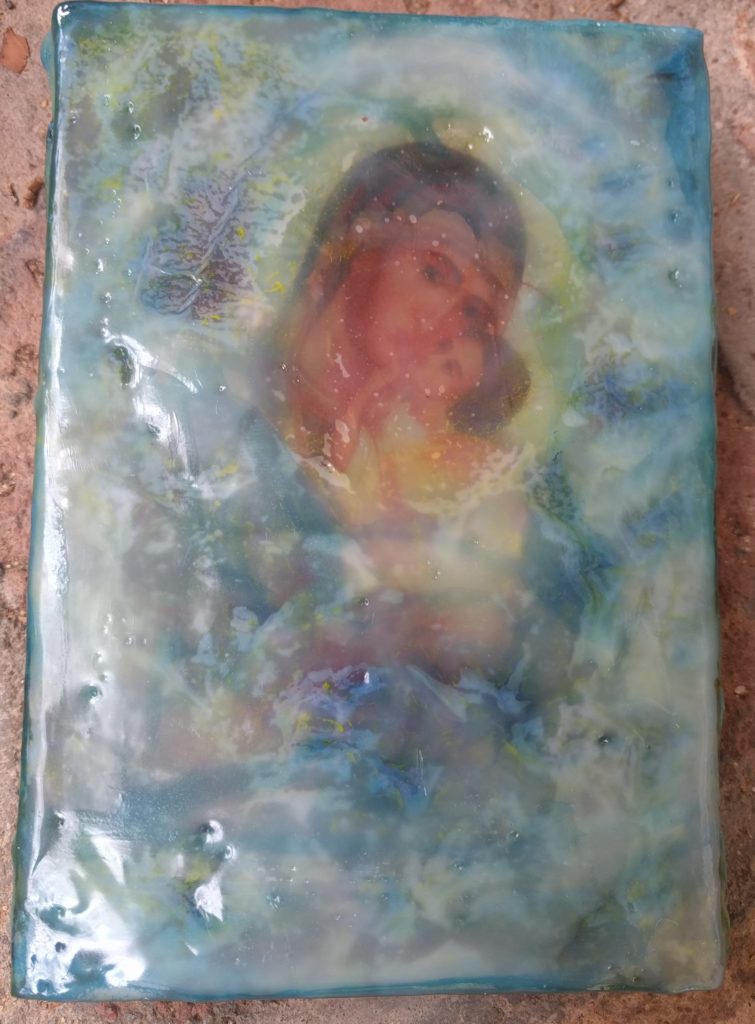ONE
The first episode of Spongebob Squarepants! The French-accented narrator introduces us to the sea, Bikini Bottom, and the pineapple home of Spongebob. It’s all so familiar now, but I can still imagine that moment when all this was new.
TWO
Spongebob’s underwater alarm clock rings like a foghorn. Whatever the day holds for this new character, it’s Trouble.
THREE
Here’s Spongebob in bed, waking up. Normally this wouldn’t be Three-worthy, but it’s our first time seeing him. Our hero!
FOUR
Gary the Snail, Patrick under his rock, the neighborhood street — all are introduced. Spongebob lifts teddy bear weights with difficulty, showing us a lot about his character. When he’s done the teddies float through the water and down to the ground, reiterating the rules of the world.
The Krusty Krab has a Help Wanted sign in the window. We meet Squidward and Mr. Krabs, and learn that to work at the KK is Spongebob’s dream. With a little boosting from Patrick, he goes in.
SWITCH
When Spongebob enters, he trips over a nail in the floor and goes through a cartoon slapstick rigamarole. Squidward and Mr. Krabs watch. It’s an exaggeration of every nightmare we’ve all had when applying for a new job. Will we be accepted?
FIVE
In order to be hired, Spongebob must pass a test. Mr. Krabs tells him to fetch a hydrodynamic spatula, something seemingly impossible. On the one hand, this is very Five: the team cannot assemble until all members have proven themselves. On the other hand, we learn that Mr. Krabs can be unfair and that Squidward will forever set himself against Spongebob. Classic character establishment for a series.
While Spongebob is gone shopping, busloads of Anchovies come to the KK and overwhelm the register. They’re like a wave, sending Mr. Krabs and Squidward up the restaurant’s mast. Things look bad.
SIX
Spongebob lowers himself by whirling spatula power to save the day. At the Three we see an unknown quantity: who is our protagonist? Here we see fulfillment. Oh! He’s a good-natured, resourceful underdog who happily bails out his friends.
SEVEN
“To the kitchen!” We never doubted Spongebob, but he officially decides to help.
EIGHT
Cue the surf music! Cooking and dancing, like a Busby Berkeley musical number, Spongebob feeds all the Anchovies and they leave. Mr. Krabs has an immense bag of money, which makes him content. You’re hired, and three cheers for Spongebob, much to Squidward’s dismay.
NINE
Patrick enters and orders a Krabby Patty. Ah, the future of the series! Spongebob makes dozens of burgers, Squidward complains, and Mr. Krabs doesn’t care. Sweet first episode. Everything that we know and love is already there.
